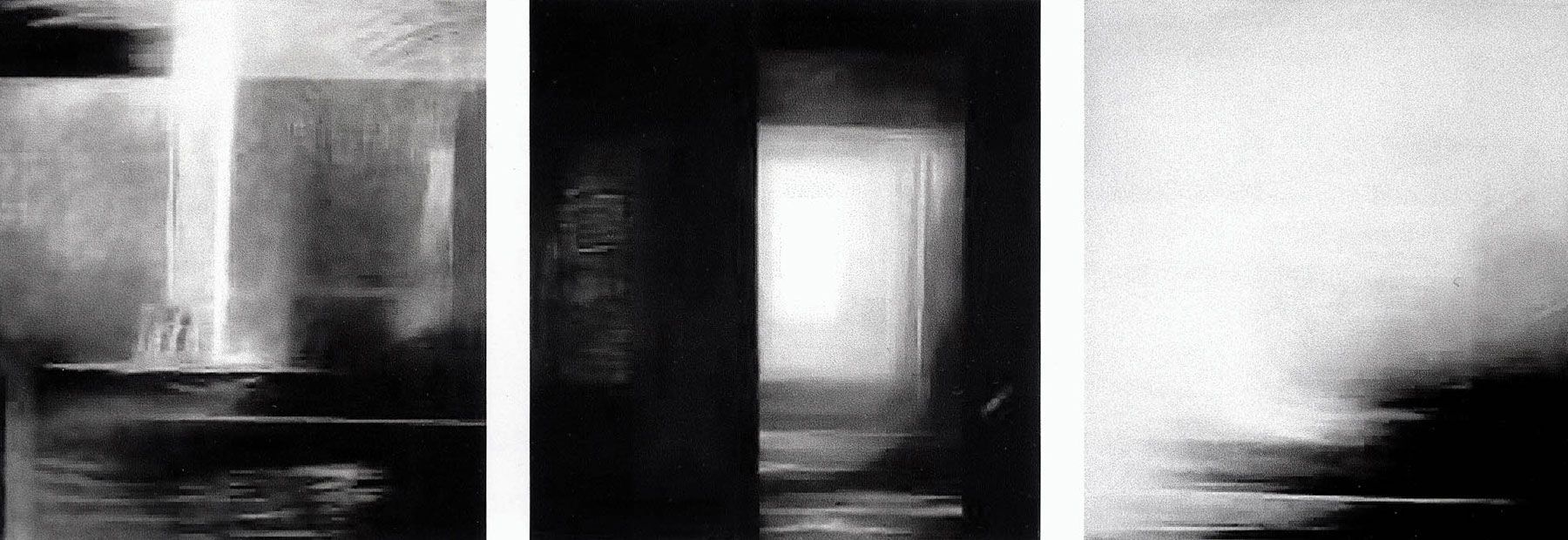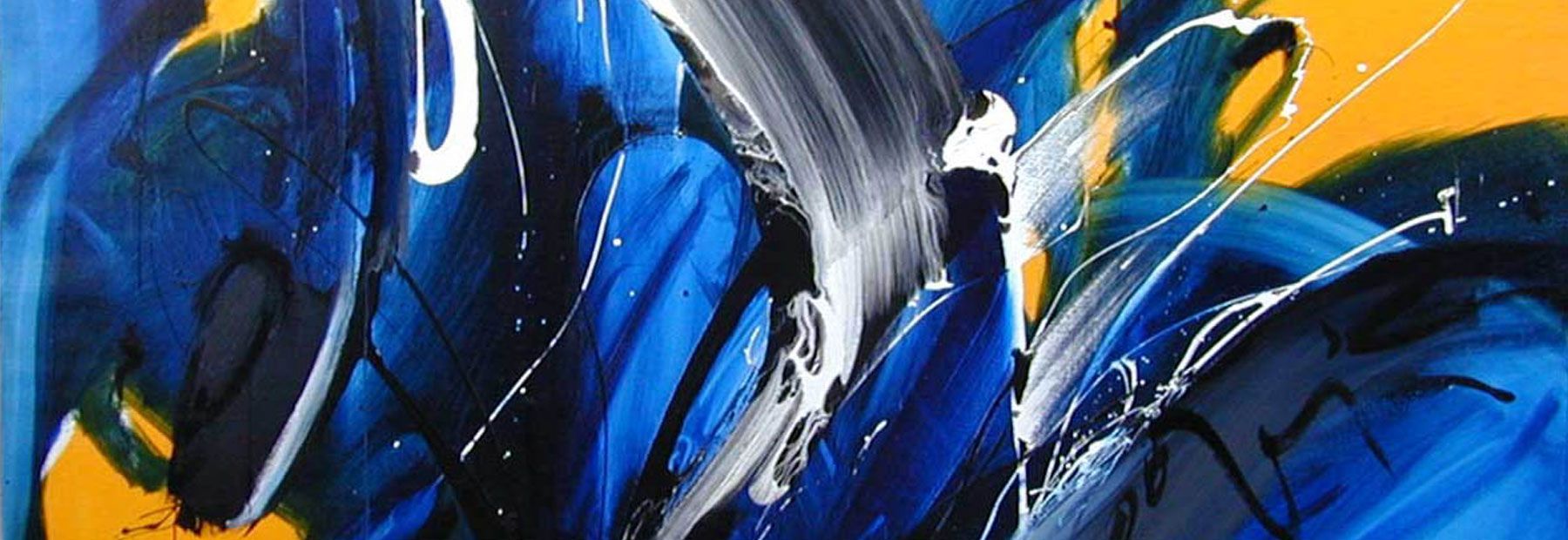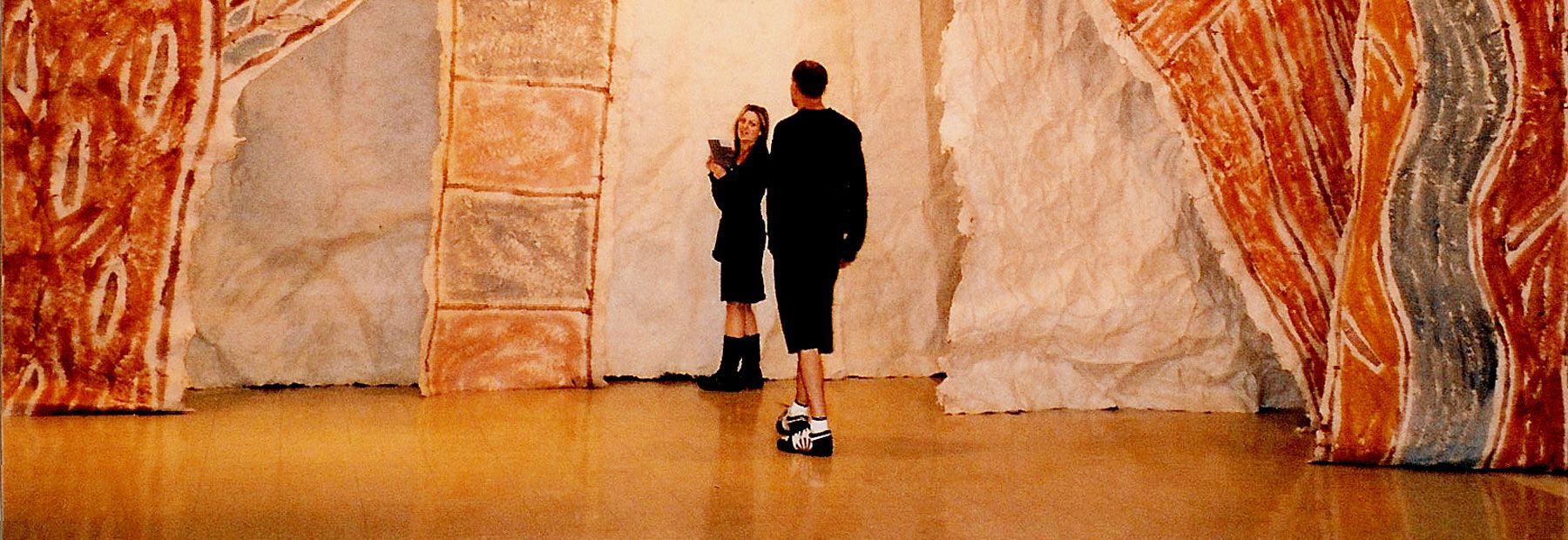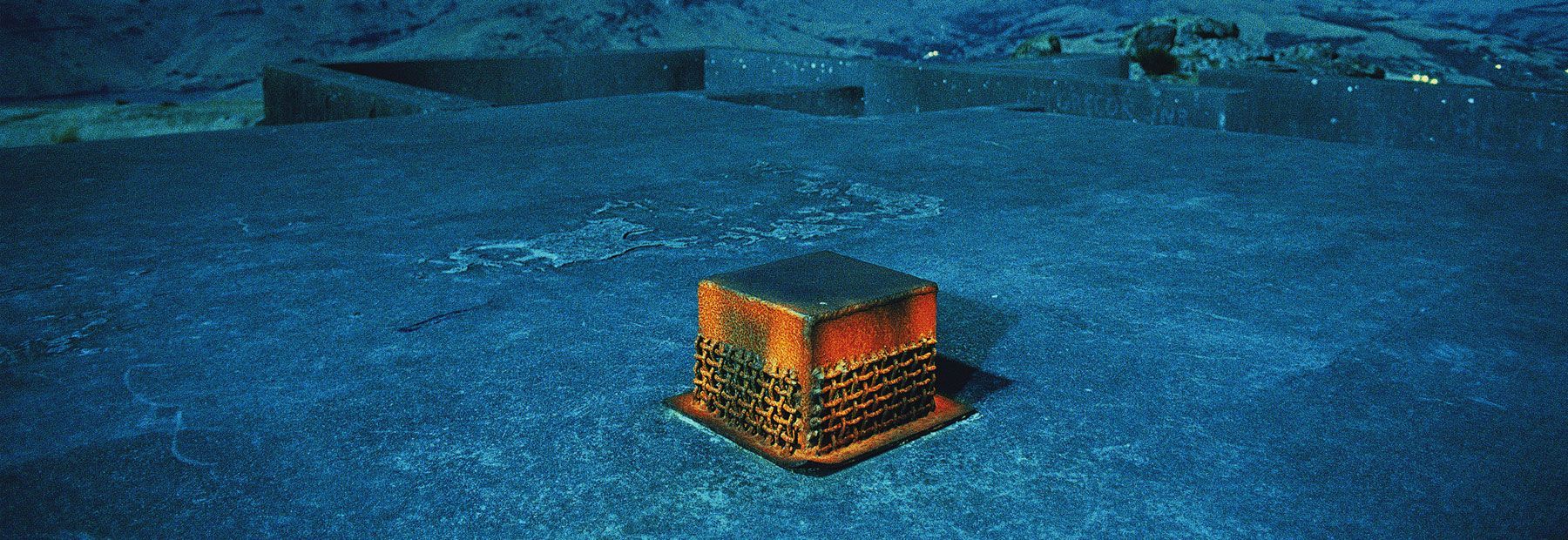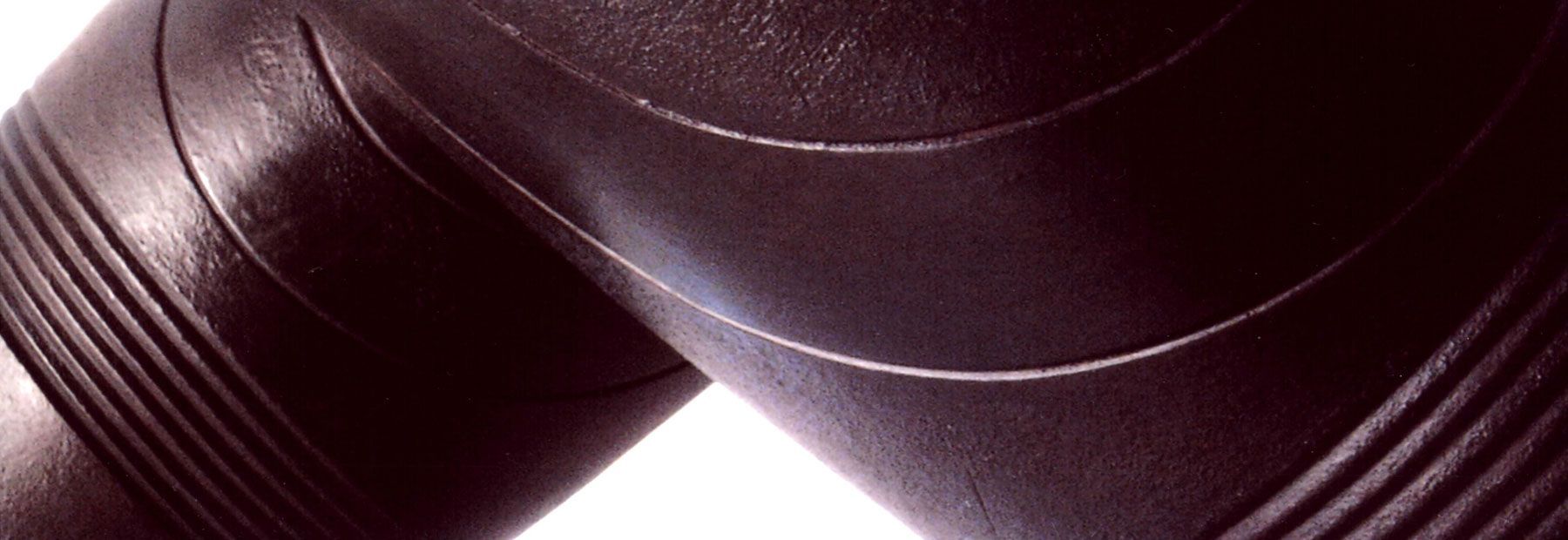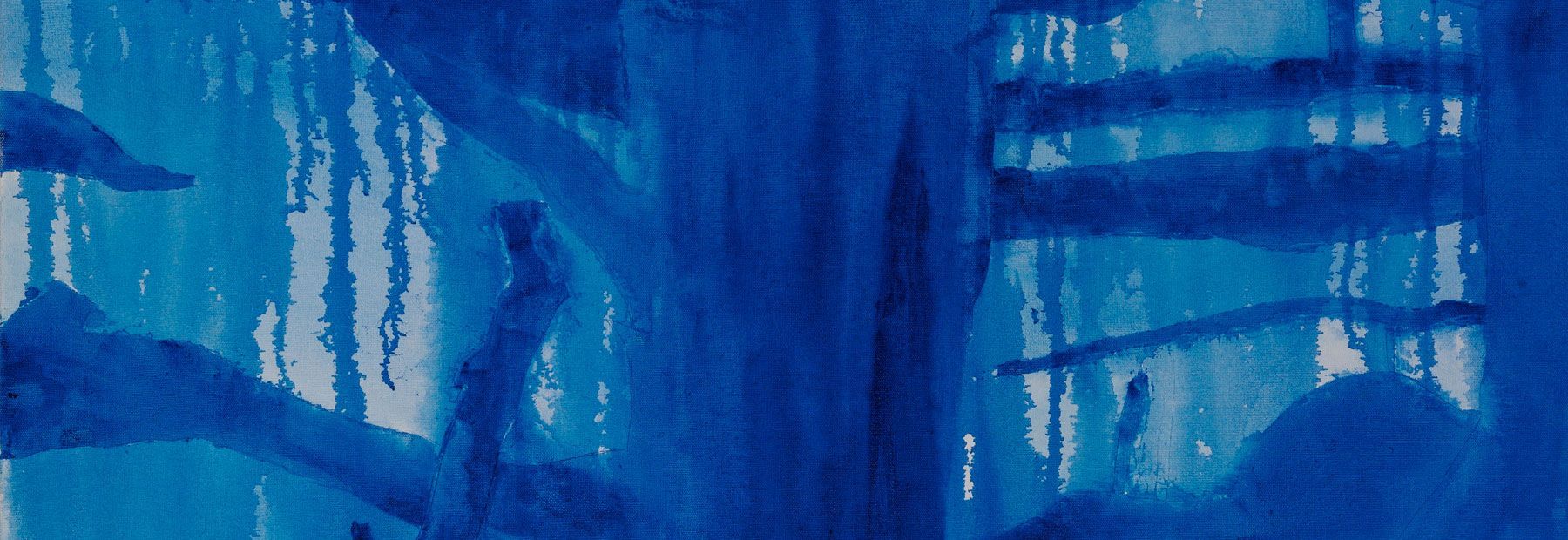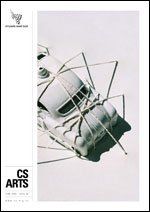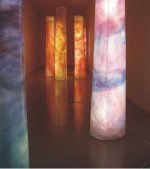Chasing after the wind
‘Meaningless! Meaningless!’
says the Teacher.
‘Utterly meaningless!
Everything is meaningless.’
They could be the rantings of a postmodern philosopher-poet, railing cynically at society in general. But these words open the ancient biblical book of Ecclesiastes. They speak of a constant factor in human experience that we are only beginning to acknowledge.
Like it or loathe it, deny it or embrace it—a superficial approach is one defining element of the present times. Art, as always, is right up with the play. Some of my Ilam contemporaries exhibited in the Christchurch Art Gallery recently. Other Destinations spoke my language in a way that much of the concurrent Art School 125 retrospective did not.
James Oram’s cynical one-liner Self Generating expressed perfectly the pessimism of postmodern accounts of human identity (with God removed from the equation). The artist pedalled furiously on the edge of exhaustion, going nowhere, just to keep a basic assertion of his own identity glowing dimly before him.
If there was playful optimism in Rachel Brunton’s Stem Parametro, it was hollow. I indulged in the escapism for a while. The perfect graphics unfolding at the whim of my Apple mouse reminded me of my own complicity in a consumer-culture.
Both works were self-consciously superficial. Irony provides a perfect counter to the quandary that we find ourselves in. How do we make meaningful work in a world where everything can be re-contextualised? The stereotypical artist who refuses to make a concrete statement about their work is (understandably) avoiding being hung out to dry or revealing too much about themselves.
When claims of universal truth are seen as power-trips, it’s so much easier to question something else, send it up, or be totally self-referent to a carefully constructed identity. A well-placed piece of wit proves you’re ‘with it’.
Our stereotypical artist provokes a stereotypical response from the general public. Come on, we’ve all heard it—the sneering dismissal of ‘art these days’.
As Bill Cooke pointed out (in Art All, August 2007), contemporary art’s strategic inaccessibility is little more than a marketing ploy. It circumvents the labels ‘good’ and ‘bad’, and even that of ‘art’. Cooke goes further: "Neither can we place much value on that which "questions" if we preclude the possibility of any sort of answer."
Joe Public’s accusations of superficiality may have justification, but they are not one-sided. The same culture that refuses truth-statements demands an easily digestible message that can be thrown into the shopping basket ... and discarded, half-eaten, at a later date.
Civic bodies commission art to beautify their squares, but whatever you do, don’t make a statement! Churches have been some of the worst culprits of superficial engagement with art—subverting it to a message or using it for mass-appeal (pardon the pun).
Many of the items that follow in this edition of CS Arts explore the ins-and-outs of superficiality. Leafa Wilson discusses superficial appropriation. Our interview with Justin Paton reminds us of our calling to make art of value. Esther Hansen navigates the responsibility of Christians to uphold a universal truth-story.
But for all its scepticism, we shouldn’t reject postmodernism out-of-hand, demanding a return to modernism. The value in ambiguity is obvious throughout these stories, opening art to interpretation. It facilitates the exploring and sharing of our own experience.
As the information age expands our knowledge, it also expands our questions. In light of this, postmodernism disposes with a strictly rational account of being human.
A more holistic approach is much closer to the mark, accounting for our complexity as physical, spiritual and relational creatures. This implies that any statement about human nature will be a superficial one, barely scratching the surface.
Art enables us to embrace this mystery—different interpretations are okay, even not being able to interpret is okay. Maybe accepting this humbly will allow work that flows honestly out of who we are, and help us engage with each other’s stories with respect and integrity.
Rob d’Auvergne


